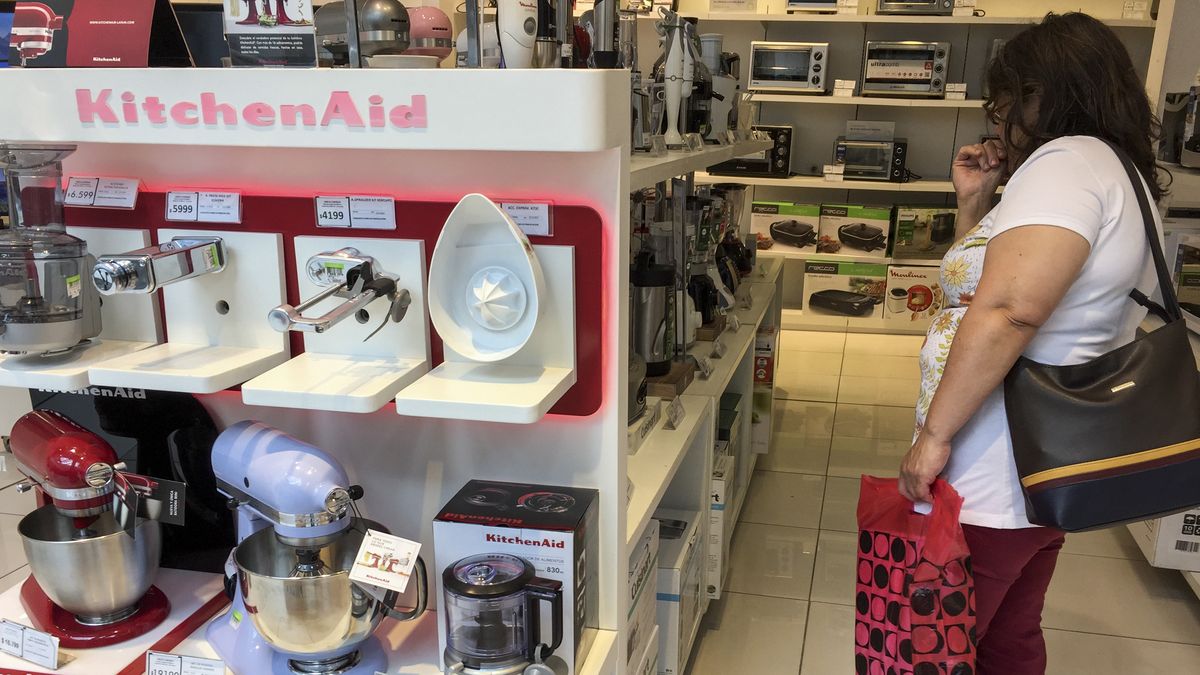Farwhat has grown the least among purchases from abroad have been final products. In May it was US$725 million. They rose 23% in value compared to the same period last year, but with the peculiarity that quantities advanced only 15% and prices 7.1%. The so-called BC explain nothing more than 9.2% of total Argentine purchases.
In the first five months of the year, final consumer goods demanded US$3,601 million, an increase of 31% compared to the same period in 2021. They consist of purchases for basic food and beverages for the home, for US$290 million; processed food and beverages for US$476 million; non-industrial transportation equipment, for US$261 million; consumer durables, $344 million; unspecified semi-durables, $938 million; and non-durable, US$718 million. Of course, medications are left out of any potential cut, which so far this year has taken US $ 554 million.
An item that receives little attention is the one that National Institute of Statistics and Censuses (INDEC) calls “Rest”. Most of them are purchases made through couriers. Between January and May, “Rest” took $270 million.
Importers consulted by Ambit They warned that trying to “Segmenting” within each item what can be potentially cut and what can become essential is very complex. Each chapter of the Mercosur Common Nomenclature (NCM) has hundreds of tariff positions whose limit between Consumer Goods or Intermediate Goods is diffuse. What for a person can be a final consumption good, for some industry can be an input.
According to estimates, there are some 10,000 small and medium-sized companies in the sector that, in addition to importing intermediate goods, also bring some final goods to complete their product offering. A businessman consulted ruled out the idea that there is a kind of lack of control of imports. “Everything is regulated,” he graphed. For case, the Customs It is handled with witness prices, especially in those regions or countries where there is greater opacity regarding their commercial practices.
To this are added the restrictions set by the Central Bank which limits the increase in purchases to 5% compared to last year (and requires any surplus to be financed within 180 days). Cases of over or under billing can be considered as marginal and do not alter the gross numbers.
Some details provided by INDEC in its May foreign trade report reveal that last month textiles and manufactures were purchased abroad for US$150 million, (+40% year-on-year); footwear, hats, umbrellas, artificial flowers and others for US$62 million (+77%); stone, plaster, ceramic, glass or asbestos manufactures for US$63 million (+40%) and pearls, fine stones, manufactures, jewelry and coins for US$22 million (175%).
In this regard, the economist Ricardo Arriazu He stated, in a meeting with investors, that “this year we do not see a large outflow of capital” due to imports. “We follow the relationship between the average price at which Argentina exports and we do not see a large process of over-invoicing and under-invoicing. We did see important import payments in 2020, but in 2021 it happened the other way around. We see in some sectors an increase in imports, but that’s obvious. If I think imports are going to be closed to me, I try to get what I can ”she pointed out.
Source: Ambito
David William is a talented author who has made a name for himself in the world of writing. He is a professional author who writes on a wide range of topics, from general interest to opinion news. David is currently working as a writer at 24 hours worlds where he brings his unique perspective and in-depth research to his articles, making them both informative and engaging.




